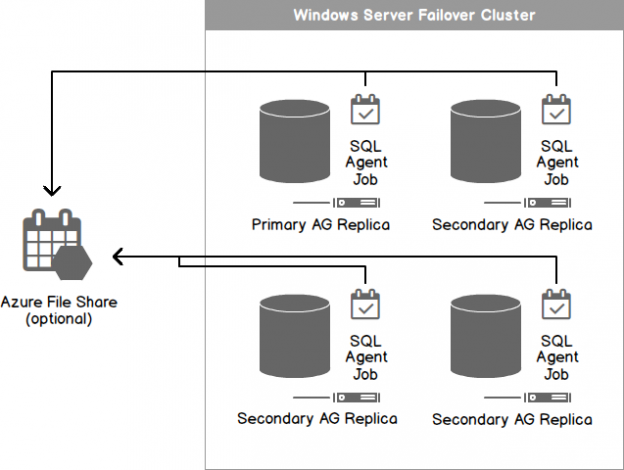It is a common misconception that you need real production data, or production like data, to effectively tune queries in SQL Server. I am going to explain how you can compile the same execution plans as what your production environment would compile, so that you can tune them in a non-production environment, gaining these benefits.
Read more »
